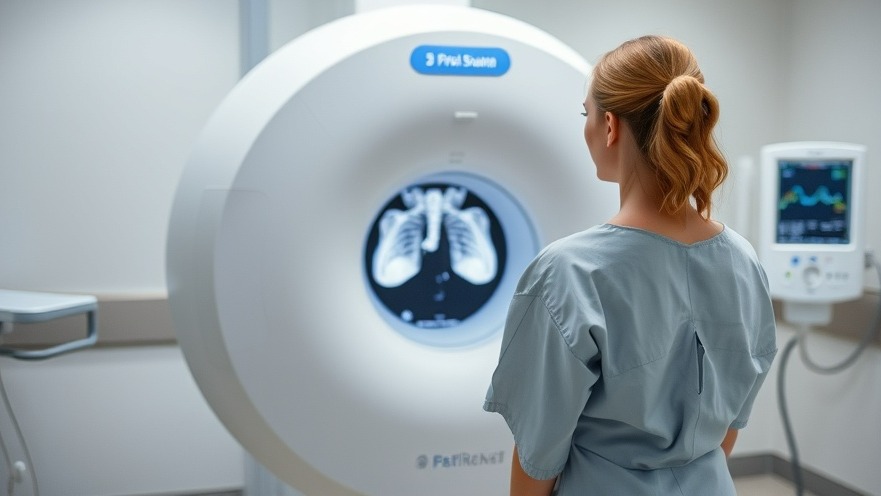
A New Era in Breast Imaging: AI-Driven Solutions
Breast cancer detection is crucial for effective treatment and improved survival rates. In an innovative stride, a team from Caltech has developed a revolutionary breast imaging technique that leverages artificial intelligence to not only enhance the accuracy of diagnoses but also to ensure a more comfortable patient experience. This breakthrough method, known as photoacoustic computed tomography (PACT), represents a significant shift away from traditional imaging methods, particularly X-ray mammography.
Understanding the Limitations of Conventional Techniques
X-ray mammography has been the gold standard for breast imaging for decades. While it plays an essential role in detecting cancer early, it comes with several downsides, including exposure to ionizing radiation and discomfort due to breast compression. Particularly for patients with dense breast tissue, mammograms often lead to false positives, causing unnecessary anxiety and additional procedures.
Other imaging methods like ultrasound and MRI have their own drawbacks. Ultrasound is operator-dependent and can yield inconclusive results, while MRI is often time-consuming and costly, with limitations for patients with certain allergies or implants. These issues highlight the urgent need for a more effective and patient-friendly imaging alternative, which the PACT technique aims to provide.
The Mechanics of Photoacoustic Computed Tomography
The PACT technique, developed over two decades, utilizes a laser-sonic scanner to detect tumors in record time—within just 15 seconds. By combining optical and ultrasound imaging, PACT can distinguish between normal and suspicious tissue, enhancing the accuracy of breast examinations. The method does not involve radiation or painful compressions, making it a promising choice for patients.
Clinical Trials Prove Efficacy
Working in conjunction with the City of Hope Comprehensive Cancer Center, researchers tested PACT on 39 patients. Their findings, published in Nature Biomedical Engineering, show that PACT provides results comparable to those achieved by mammography and MRI. These results indicate that PACT is not only an effective diagnostic tool but also a pivotal advancement in breast cancer detection methodologies.
Future Impacts and Predictions for Breast Imaging
As advancements in AI and machine learning continue, the potential applications in healthcare are vast. The introduction of techniques like PACT promotes a shift towards precision medicine where diagnostics are not only quicker but also tailored to improve patient comfort and outcomes. Future iterations of this technology may include enhancements that provide real-time feedback during examinations, improving both efficacy and patient experience.
Why This Matters in Patient Care
For concierge health practitioners, understanding and integrating this technology could redefine how they manage patient screenings, improving outcomes and satisfaction. The shift to non-invasive and quicker diagnostic options not only enhances productivity but also aligns with the growing demand for patient-centered care in modern healthcare delivery.
Conclusion: A Step Forward in Breast Health
This innovative PACT technology is poised to alter the landscape of breast imaging, prioritizing patient comfort while delivering reliable diagnostic results. As this method gains traction in clinical settings, practitioners need to remain informed about emerging technologies that could significantly impact patient care.
Embracing such advancements will not only foster a collaborative environment among healthcare professionals but will also empower patients with safer and less invasive options for their healthcare needs. Be proactive in learning about new technologies and consider how they can enhance your practice.
 Add Row
Add Row  Add
Add 






Write A Comment